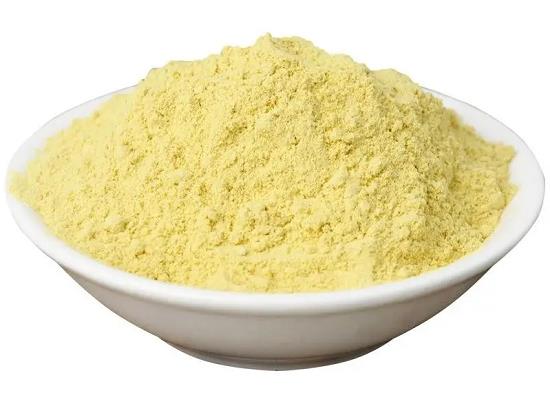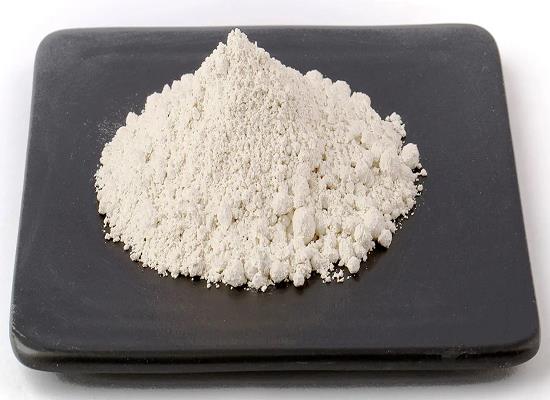Active Pharmaceutical Ingredients (API), popularly speaking, are the raw materials of medicines, only pharmaceutical raw materials are processed into pharmaceutical preparations , can they become medicines available for clinical use, so drugs we usually eat are the finished drugs through processing. Active Pharmaceutical Ingredients based on its sources can be divided into two major categories ,including chemical synthetic drugs and natural chemical drugs. Chemical synthetic drugs can be divided into organic synthetic drugs and inorganic synthetic drugs. Inorganic synthetic drugs are inorganic compounds ( very few is element), such as aluminum hydroxide, magnesium trisilicate which are used for the treatment of gastric and duodenal ulcers ; organic synthetic drugs are mainly composed of drugs made by basic organic chemical raw materials, through a series of organic chemical reactions (such as aspirin, chloramphenicol, caffeine, etc.). Natural chemical drugs ,based on its sources,can be divided into two categories including biochemical drugs and plant chemical drugs. Antibiotics are generally made by the microbial fermentation, which belongs to the biochemistry category. A variety of semi-synthetic antibiotics occurs in recent years,which are biosynthesis and chemical synthesis combining products.Among active Pharmaceutical Ingredients, the organic synthetic drugs varieties, yields and values have the largest proportion,which are the main pillars of the chemical and pharmaceutical industries. The quality of active Pharmaceutical Ingredients decides whether the formulation is good or bad , so its quality standards are very strict ,countries in the world have developed national pharmacopoeia standards and strict quality control methods for its widely used active Pharmaceutical ingredients.
Clomiphene Citrate for the Treatment of Hypogonadism
Clomiphene Citrate is an effective alternative treatment for hypogonadism in men, preserving fertility and improving symptoms of low testosterone.
Jan 25,2024 APIMebendazole Shows Promising Potential as a Therapeutic Agent for Brain Cancer
Mebendazole shows promise in inhibiting brain tumor growth and enhancing conventional therapies in preclinical and clinical studies.
Jan 24,2024 APITrypsin in colorectal cancer
Trypsin is overexpressed in cancer and contributes to invasiveness. In colorectal cancer, trypsin overexpression correlates with poor prognosis.
Jan 24,2024 APISodium cocoyl isethionate: Origin, Benefits for Skin and Side Effects
Sodium cocoyl isethionate is a gentle and effective natural ingredient used in personal care products for cleansing and moisturizing the skin without causing dehydration.
Jan 24,2024 APIBiosynthesis of Pyridoxal Phosphate: A Crucial Coenzyme in Biochemical Reactions
Pyridoxal phosphate is a crucial coenzyme in biochemical reactions. It is synthesized through DXP-dependent and R5P-dependent pathways, with implications for therapeutics and health.
Jan 24,2024 APINicotinamide riboside chloride: biological activities and preclinical studies
Nicotinamide riboside chloride increases NAD+ levels, has similar toxicity to nicotinamide, and shows potential benefits in metabolism, liver health, and exercise performance.
Jan 24,2024 APIAscorbyl Glucoside: A Stable and Effective Skincare Ingredient with Multiple Efficacy
Ascorbyl glucoside is a stable and effective skincare ingredient that brightens complexion, reduces pigmentation, promotes collagen synthesis, and protects against UV damage.
Jan 23,2024 APICarbohydrazide: Biological Properties and Applications in Different Fields
Carbohydrazide displays diverse biological activities and finds applications in solar cells and coordination compounds, showcasing its potential in biochemistry and materials science.
Jan 23,2024 APIBemotrizinol: A New Sunscreen Active Ingredient considered by FDA
Bemotrizinol is a photostable UV filter with enhanced fat solubility and is being considered for inclusion in OTC sunscreen products by the FDA.
Jan 23,2024 APIPuerarin in the root of kudzu: pharmacokinetics and adverse effects
Puerarin is a flavonoid extracted from the root of kudzu with therapeutic effects, but low bioavailability. Caution needed in pregnancy.
Jan 23,2024 API












